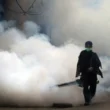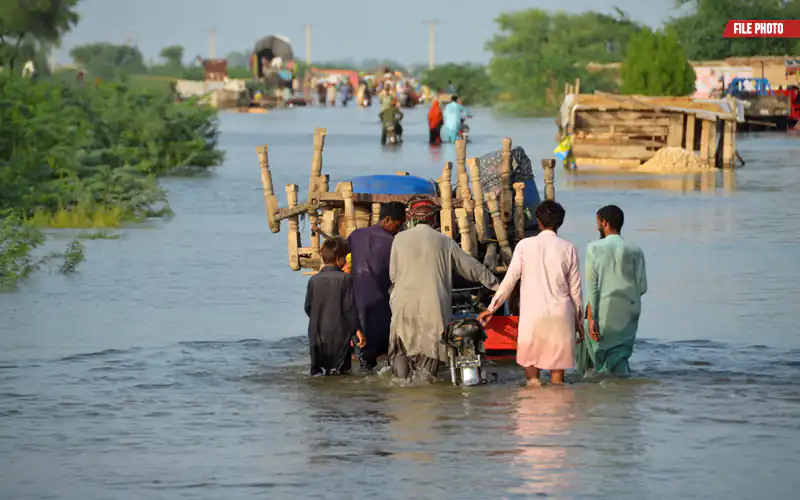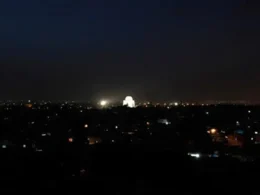Heavy monsoon rains in different areas of Punjab province have killed 63 people and injured nearly 300 in the last 24 hours.
According to media reports, nationwide death toll has now reached at least 159 since the start of the monsoon late June 2025.
Heavy downpour on Thursday triggered severe flooding and building collapses across Punjab. Most fatalities occurred due to roof collapses in poorly built homes.
Lahore the eastern provincial capital, reported 15 deaths, Faisalabad 9, while the farming towns of Okara, Sahiwal and Pakpattan also saw multiple causalities.
Rescue teams used the boats to evacuate families from riverside villages in southern Punjab during the morning. By afternoon, water levels had started to recedes.
“Children screamed for help while women stood on rooftops, waving shawls and pleading for rescue,” said Tariq Mehmood Bhatti, a 51-year-old farmer from Ladian village.
Authorities ordered residents in low-lying areas near Nullah Lai River in Rawalpindi to evacuate after a sudden rise in water levels. The river flows through the city, which borders capital Islamabad.
“Rescue teams remain on standby for further evacuation,” said a spokeswoman for the disaster management agency.
The Rawalpindi government announced a public holiday on Thursday to ensure people stayed indoors and safe.
Since late June, monsoon rains have killed 103 people and injured 393 in Punjab, according to the Provincial Disaster Management Authority (PDMA). Over 120 homes were damaged, and livestock animals died.
NDMA reported at least 159 deaths nationwide since June 25. Over 1,000 homes have been damaged across the country.
The Pakistan Meteorological Department issued a high flood alert for the Jhelum River near Mangla, warning of rising water inflows. Authorities also cautioned that nearby streams could overflow within 24 hours, posing a threat to surrounding communities.
Monsoon rains are vital for irrigation and water supplies in South Asia.
However, their impact has worsened in recent years due to rapid urban growth, poor drainage, and increasingly frequent extreme weather linked to climate change.











